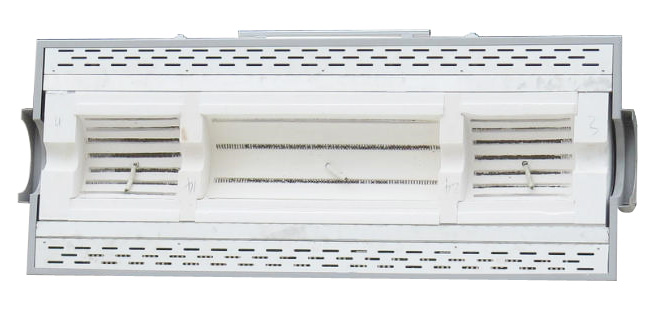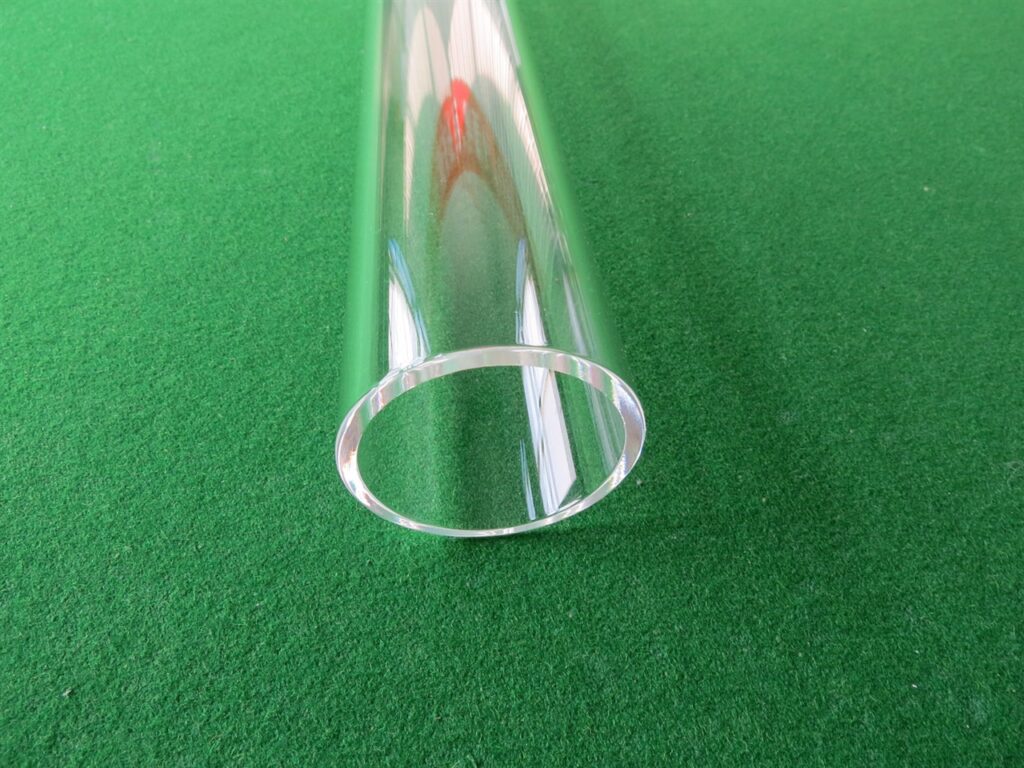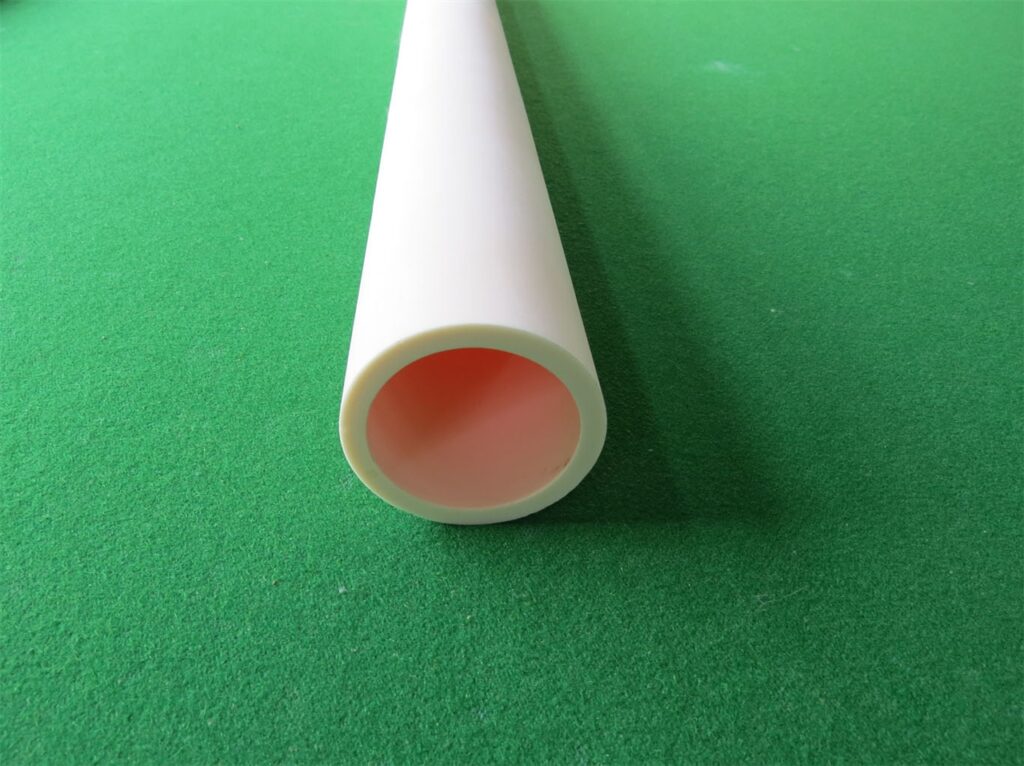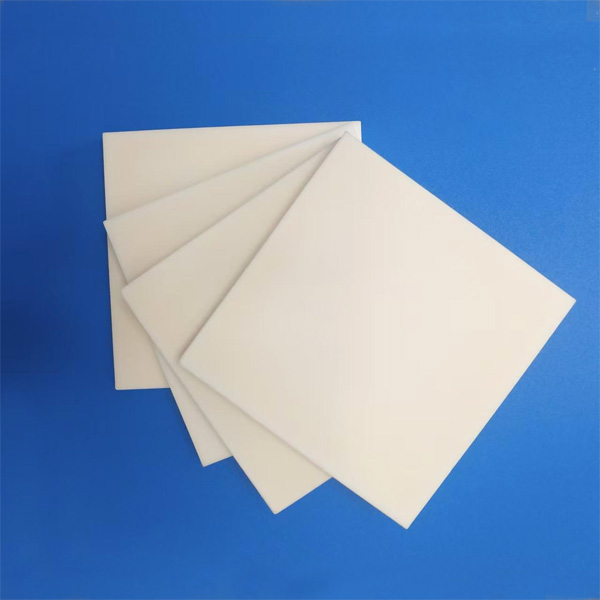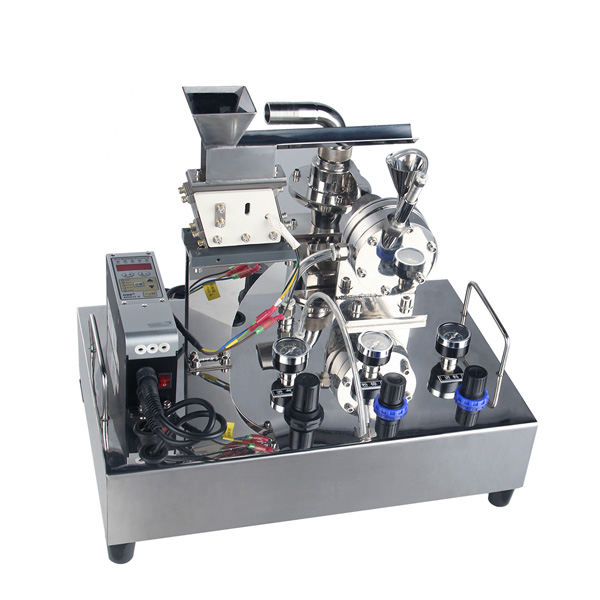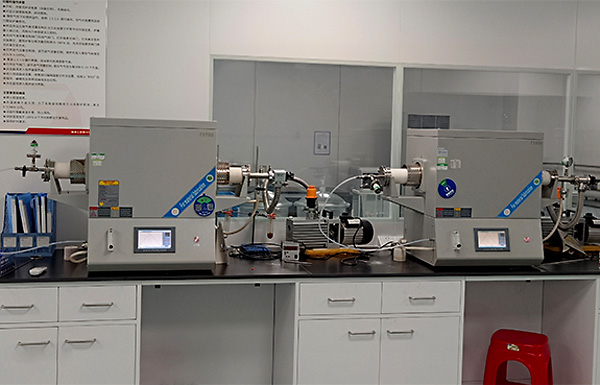Table of Contents
Overview
A three-zone tube furnace is a specialized high-temperature heating device designed to provide precise temperature control and uniform heating along the length of a cylindrical heating chamber.
It features three independently controlled heating zones within a single tube, making it suitable for applications that require specific thermal profiles or temperature gradients.
These furnaces are widely used in materials processing, research, and industrial applications.
Features
Three Heating Zones: These furnaces have three separate heating elements and control systems to create different temperature zones within the same tube.
Precise Temperature Control: Each zone can be individually controlled, allowing for precise temperature profiles.
Uniform Heating: The design ensures even temperature distribution along the length of the tube.
Compact Design: Three-zone tube furnaces are often designed with a compact footprint suitable for laboratory and small-scale industrial applications.
Safety Features: Many models come with safety features such as over-temperature protection and interlocks.
Work Process
1. Samples or materials are placed inside a tube within the furnace.
2. The heating elements in each of the three zones are independently activated and controlled to create specific temperature profiles.
3. The materials undergo the required processes with precise temperature control and uniform heating.
4. After the process is complete, the furnace is allowed to cool down before samples are removed.
Applications
Materials Processing: Used for sintering, annealing, and heat treatment of ceramics, metals, and semiconductors.
Chemical Reactions: Facilitates processes like chemical vapor deposition (CVD), thermal decomposition, and materials synthesis.
Materials Research: Employed for materials characterization, crystal growth, and catalyst testing.
Sample Preparation: Suitable for ashing, drying, and pre-processing of samples for analytical techniques.
Benefits
1. Precise control of temperature profiles for complex processes.
2. Uniform heating along the length of the tube.
3. Versatile and adaptable for various laboratory and industrial applications.
4. Compact design saves space in laboratory settings.
Price
The price of a three-zone tube furnace can vary significantly based on factors such as temperature range, size, tube material, and additional features. Basic models may start at a few thousand dollars, while more advanced and larger furnaces can cost tens of thousands of dollars or mor
Temperature Control System: Evaluate the precision and ease of use of the temperature control system for each zone.
Safety Features: Consider safety features like over-temperature protection and emergency shut-off systems.
Size and Capacity: Choose a model that can accommodate your sample size and quantity.
Atmosphere Control: Determine if you need the furnace to operate in a controlled atmosphere, such as inert gas or vacuum.
Supplier Reputation: Research and select a reputable supplier with professional knowledge.
FAQ
1. Can I use a three-zone tube furnace for controlled atmosphere experiments?
Yes, many models can be equipped with controlled atmosphere capabilities, such as inert gas or vacuum.
2. What maintenance is required for a three-zone tube furnace?
Regular cleaning and inspection are necessary. The manufacturer’s guidelines should be followed for maintenance procedures.
3. What’s the difference between a three-zone tube furnace and a single-zone tube furnace?
A three-zone tube furnace has three independently controlled heating zones, allowing for more complex temperature profiles and gradients. Single-zone furnaces have a single uniform heating zone. The choice depends on the specific application requirements.

.jpg)
